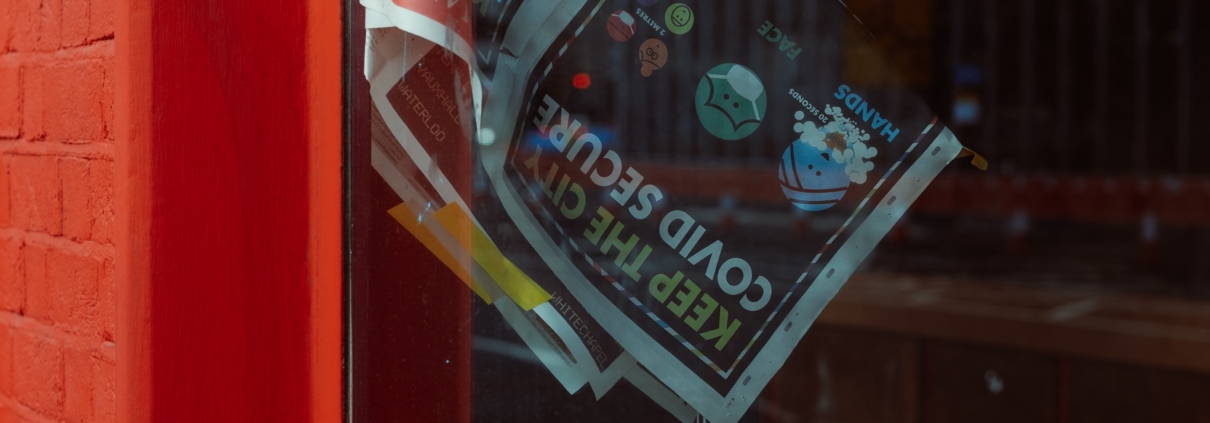The Covid-19 UK media climate – not as we know it
Connor Mitchell, Senior Consultant – UK Media Lead, Tyto
Almost a year on from the World Health Organization (WHO) officially declaring Covid-19 a pandemic, we’re still no closer to determining when this turbulent period of international upheaval is likely to come to an end.
Unsurprisingly, recent events have resulted in the 24-7 breaking news cycle being nothing short of chaos in the last 10 months. Harold Wilson famously said that “a week is a long time in politics”. Well, today, in media terms, events are being tipped on their head in mere hours and minutes, not weeks and days.
Coronavirus continues to perpetually monopolise the news agenda. Combined with editorial teams that are spread perilously thin, sweeping furloughs and redundancies across publications, and the fact that some outlets are even rethinking their entire publishing approach altogether due to plummeting advertising revenues, it’s arguably never been harder to get on a journalist’s radar.
How then do such mind-boggling developments impact day-to-day pitching? Here’s a breakdown of how communications professionals can adapt their tactics to maximise their chances of cutting through the chaos.
Be clear and incisive. Depleted editorial teams have even less time than before as fewer journalists are expected to meet the same copy expectations. This means brevity, both over email, and on the phone, is essential. PRs need to help journalists save time with easily digestible and accessible pitches that solve their problems, not present them with new ones.
Be empathetic. Although Covid-19 has definitely most acutely impacted those working in print and trade media, for journalists and PRs alike, it’s been unbelievably hard for everyone who has worked throughout the duration of the pandemic. Frankly, the pressure has been immense all round. Being tactful in the context of those demands is therefore vital.
Be aware of what’s trending. In recent years, many news organisations are increasingly driven by what’s viral/in vogue. To generate website traffic, which ultimately drives more advertising clicks, this leaves even less room for analytical and discursive pieces. With the overwhelming need for website traffic assuming an even greater degree of importance, so too has latching onto the trends in keeping with journalists’ beats.
Don’t bank on pitching things with a long lead time. The news agenda could not be more unpredictable than it is at present. This means that just because you’re pitching an announcement with a substantial run up before the announcement date, there’s no guarantee whatsoever that everything will go smoothly. This has always been the case, but no story is safe anymore.
Don’t be afraid to be positive. Despite the eminently dystopian mood, the demand for hearing about organisations that are doing well, and striking deals, is currently through the roof. Journalists don’t just want to hear about nothing but doom and gloom, there is also an appetite for upbeat stories that they can provide a suitable platform for.
Do keep an eye out for the next instalment in this series of articles, which will examine how the media landscape has shifted within France. Or go back and check out the last instalment on Europe’s media landscape here.
Photo credit (c) Alex Motoc, Unsplash.com



